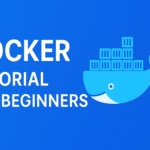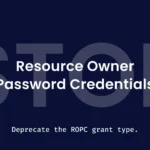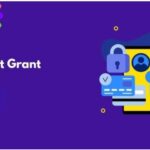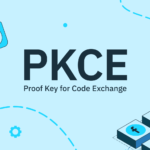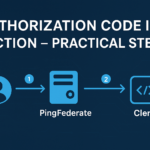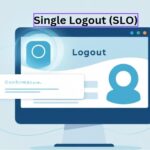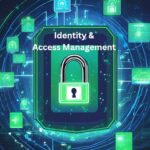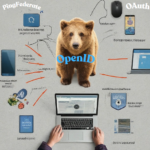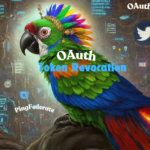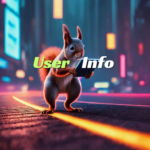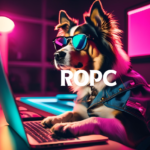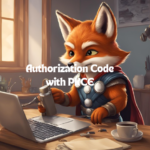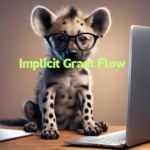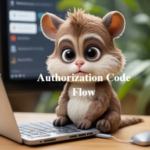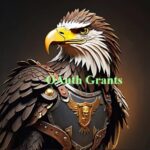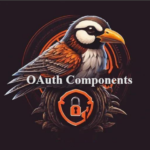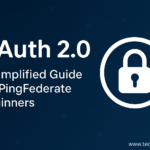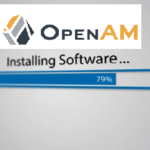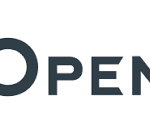Docker Tutorial for Beginners: Introduction to Containers and Beyond
If you’ve heard the words Docker, containers, cloud, or orchestration and felt lost — don’t worry. This tutorial series is designed for complete beginners. By the end, you’ll not only understand Docker but also know how to use it in real projects, from simple applications to advanced orchestration.
Why Should You Learn Docker?
Imagine you wrote a program on your laptop that works perfectly. But when you give it to your friend, it doesn’t run because their system is “different.” Maybe they’re missing libraries, maybe their operating system behaves differently. This is the classic developer headache.
Docker solves this problem by packaging your application with everything it needs — code, libraries, dependencies — into a container. This container runs the same way anywhere: your laptop, a server, or the cloud.
Key Concepts in Simple Terms
🔹 What is a Container?
Think of a container as a shipping container for software. No matter what’s inside, it looks the same from outside, and you can easily move it from one place to another.
🔹 Docker vs Virtual Machines (VMs)
- A VM is like having multiple computers inside one computer — heavy, slow, and resource-hungry.
- A Docker container is like a lightweight box that only carries what’s necessary, making it fast and efficient.
🔹 Why Developers & Companies Use Docker
- Easy to run apps anywhere.
- Saves time in setup.
- Works great with cloud and DevOps workflows.
What You’ll Learn in This Docker Course
This is just the first article. In the upcoming tutorials, we’ll cover:
- Docker Basics
- Installing Docker on your system
- Understanding images, containers, and registries
- First “Hello World” container
- Installing Docker on your system
- Intermediate Docker
- Dockerfile: Writing recipes for your containers
- Docker Compose: Running multiple containers together
- Networking and volumes (data storage)
- Dockerfile: Writing recipes for your containers
- Advanced Topics
- Orchestration with Kubernetes and Docker Swarm
- Scaling applications in the cloud
- Security best practices
- Real-world project: Deploying a web app with Docker
- Orchestration with Kubernetes and Docker Swarm
Who Is This Course For?
- Beginners with no prior knowledge of cloud, containers, or DevOps.
- Developers who want to simplify application deployment.
- IT professionals curious about modern infrastructure.
Next Steps
In the next article, we’ll guide you through how to install Docker step by step on Windows, Mac, and Linux. Get ready to start your container journey 🚀.
👉 This article acts as your foundation + roadmap. Future posts will dive into hands-on tutorials with screenshots and commands.
Also Read
The below rest of the articles give you the more information about the OAuth in PinFederate. You may love reading them.
- Components of OAuth 2.0 in PingFederate
- Understanding OAuth Grants: Types, Flows, and Applications
- Authorization Code Grant Flow in OAuth 2.0
- OAuth Implicit Flow in PingFederate
- Authorization Code with PKCE Flow | PingFederate
- Client Credentials Grant Type in OAuth 2.0
- Resource Owner Password Credentials (ROPC) Grant Flow in OAuth 2.0
- Refresh Tokens in PingFederate OAuth 2.0
- OAuth 2.0 Introspection Endpoint
- PingFederate OAuth 2.0 UserInfo Endpoint
- PingFederate OAuth 2.0 Token Revocation Endpoint
- Exploring OpenID Connect (OIDC) in PingFederate
- Device Authorization Grant
- An Introduction to Identity and Access Management
- SP-Initiated SSO Flow
- Understanding the SAML Authentication Flow for IDP Initiated SSO
- Understanding the SAML SP-Initiated Single Logout (SLO) Flow
- LDAP Overview: Architecture, Terminologies, and Data Storage
- Adding an OAuth AC Client in PingFederate,getting endpoint token and authorization code token,json web token
- PKCE WITH OAUTH 2.0 IN PING FEDERATE
- Implicit Grant in PingFederate ,postman token and json web token
- (ROPC)Resource owner password credentials in ping federate,postman and json web tokens
- (OIDC)Open ID Connect in ping federate,obtaining postman token and json web token




